Progress isn’t always linear— and that’s not a bad thing. TrainerRoad successful athlete Jack Turnbull shares his journey through the ups and downs of his progression and how he’s adjusted his training to sustain a 4.8 power to weight ratio.
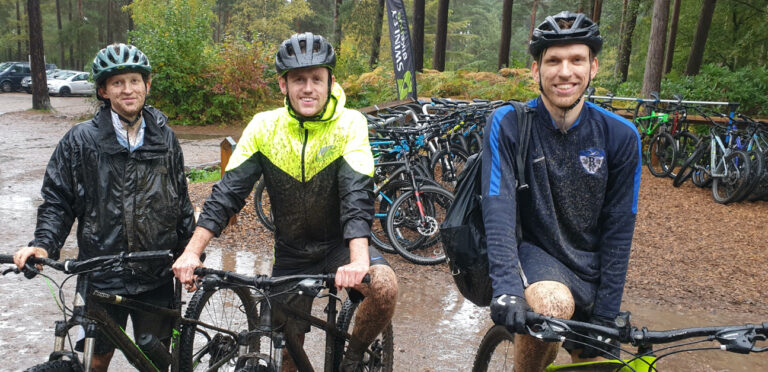

Progress isn’t always linear— and that’s not a bad thing. TrainerRoad successful athlete Jack Turnbull shares his journey through the ups and downs of his progression and how he’s adjusted his training to sustain a 4.8 power to weight ratio.

When it comes to endurance training, your sleep is just as vital as your workouts. In the age of marginal gains, improving your sleep is the most significant change you can make to improve your performance. This article will cover how you can increase your sleep quality and quantity.
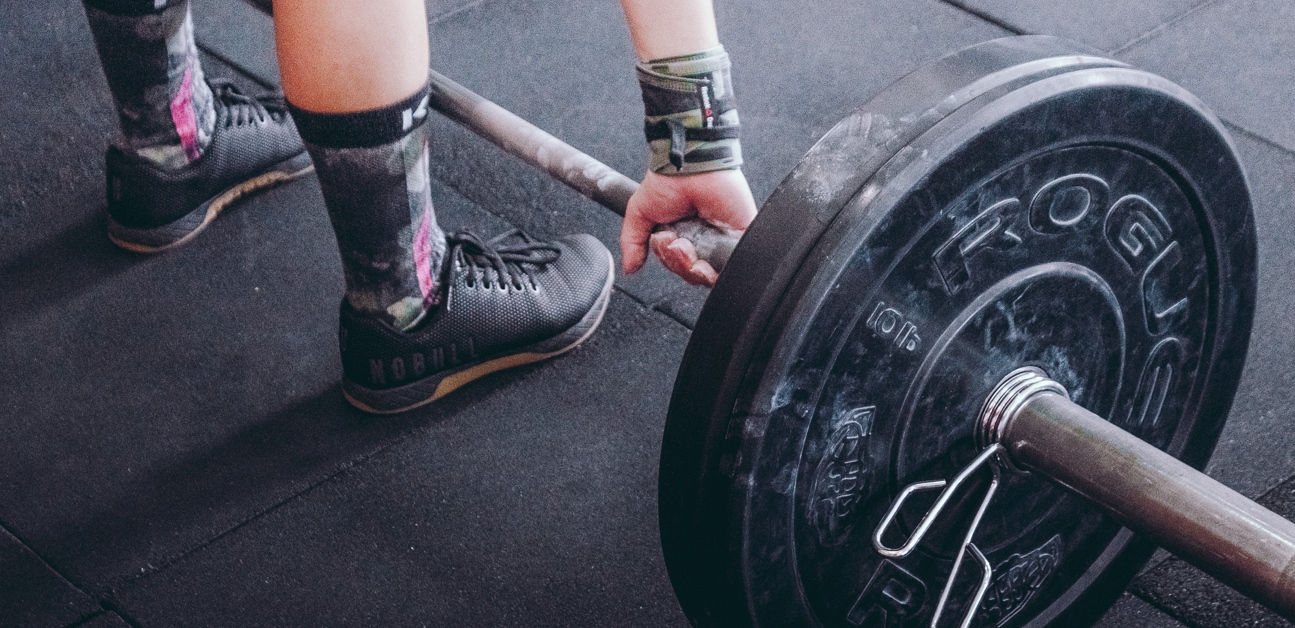
Cyclists ask a lot of their muscles, but not all muscle is the same and different muscle types function in different ways. Let’s examine muscle types and consider how building muscular strength can make you faster.
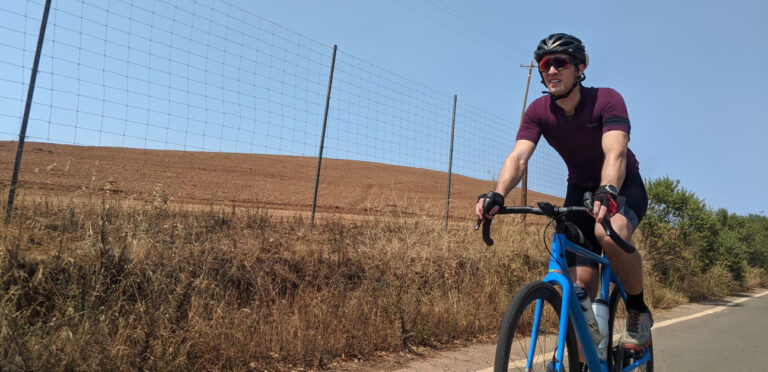
Jon Kaslow started cycling on a whim, but this busy rider used TrainerRoad’s low-volume plans to dramatically improve his FTP. His strategies are a great example for any time-crunched athlete.
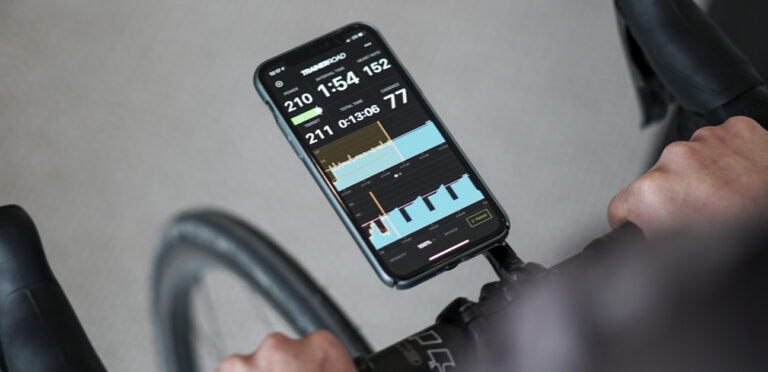
Here at TrainerRoad, structured training is at the heart of everything we do, and we get a little defensive when we hear some of the misconceptions about structure. Let’s set the record straight.

There are times when getting out of the saddle is better than staying seated. But because standing is inherently less efficient, standing isn’t beneficial unless you practice. Here’s how you can become more efficient at pedaling out of the saddle and how you can integrate the right amount of practice for the racing that you do.
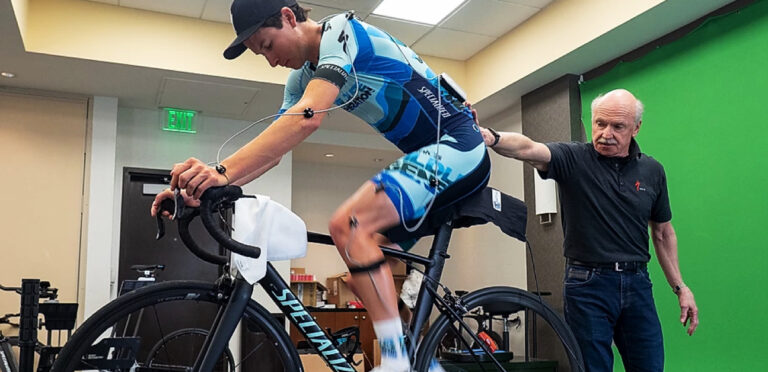
Dr. Andy Pruitt is the world’s top expert on bike fitting, with over 40 years of experience. We sat down with Dr. Pruitt for a wide-ranging conversation on all things fit-related.

The body has three primary ways of creating energy. These physiological pathways are called energy systems. This article will cover how you use the anaerobic system to put power to the pedals and how you can train it to become a faster cyclist.
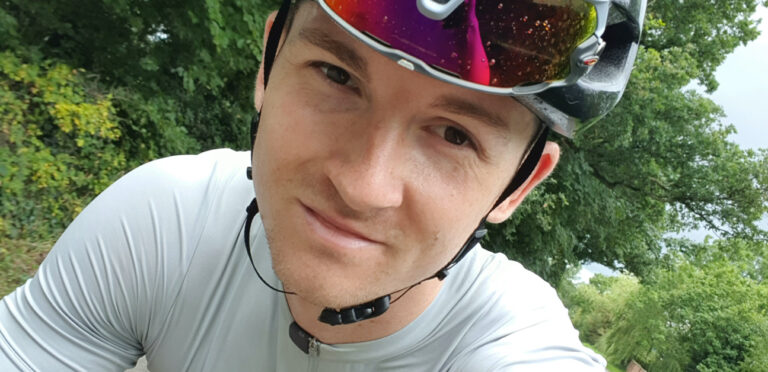
There comes a point in a cyclist’s progression where unstructured distance isn’t enough to stimulate improvement. Jozsef Evans used structure and performance based goals to continue his progression and get faster. In a matter of a few months, the structure paid off and helped Joe increase his watts per kilogram from 3.1 to 4.2. Here’s how Jozsef did it.
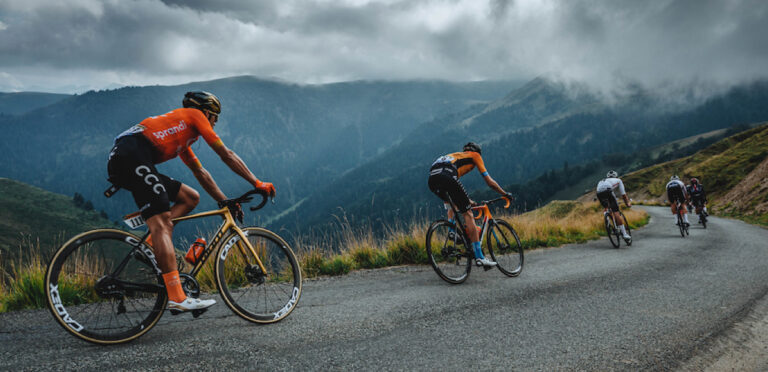
Every year, the Tour De France serves as a 3-week showcase for cycling’s top talent. As the world’s premier bike race, it’s the perfect opportunity for amateur riders to watch and learn from the sport’s best. What lessons can the average racer take away from the first half of this year’s Tour?